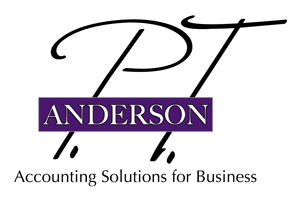With over 400 million active users monthly, Instagram could be a great opportunity to showcase your business. It’s a mobile app where you can share photos and videos. Instagram is owned by Facebook and is considered one of the major social media platforms. Read more
 Instagram is a natural app to share photos of your products, team, customers, or office in order to promote your business. Since more than half of all Google searches are now mobile, it just makes good business sense to maintain a presence on a major mobile social platform like Instagram.
Instagram is a natural app to share photos of your products, team, customers, or office in order to promote your business. Since more than half of all Google searches are now mobile, it just makes good business sense to maintain a presence on a major mobile social platform like Instagram.
The Instagram Demographic
The average Instagram user is female, urban, under 30, has some college hours, and makes $60K a year. So if that’s your customer demographic, you’re sure to find her on Instagram.
What to Showcase
Some of the things you can share on Instagram include:
- Photos of your customers with their new merchandise
- Product photos
- Your logo image
- Inspirational quotes and sayings
- Client testimonials made into a text graphic
- Photos of events
- Customers phtos
- Photos of you and your staff
- Store or office photos
- Photos of your merchandise being worn, used, eaten, or whatever
- Images of any awards your company has garnered
- Photos of your ads, trade show booth, or other marketing materials
- Sales announcements made into a text graphic
- And videos of all of the above
Building a following on Instagram will help you build brand awareness so you can generate new traffic and new customers. It can also help with hiring if you are looking to hire millennials, which now outnumber any other generation in the workforce.



